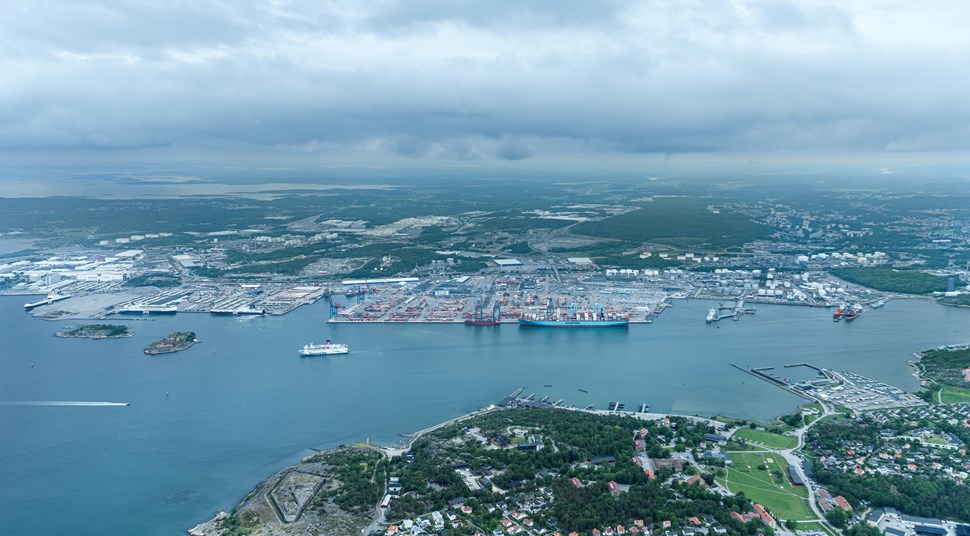During 2022, the volume of goods at the Port of Gothenburg increased, despite the global transport system’s strained situation. The port also managed to gain market shares both in Sweden and Europe. As the first quarter of 2023 is summarized at the Port of Gothenburg, it is noted that the port continues to grow in several segments, while some slowdown is observed in others.
Over half of Sweden’s container transport is handled at the quays of the Port of Gothenburg – the majority at the APM Terminals container terminal. A total of 225,000 TEUs* were handled at the port during the first quarter of 2023, which is an increase of 6 percent compared to the same period last year, despite the fact that import volumes fell by nearly 20 percent. The increase is then attributed to Sweden’s strong export industry.
The port’s handling of new vehicles increased by 4 percent during the first quarter of 2023. The Swedish new car sales have slowed down significantly, but the backlog of deliveries of imported cars due to previous component shortages in the manufacturing chain keeps volumes up on the import side, while Volvo Cars’ exports remain high through the port. The Port of Gothenburg has also gained market share from other Northern European vehicle hubs that continue to struggle with capacity problems and disruptions.
Intra-European ro-ro traffic decreased by 5 percent in the first quarter, compared to the relatively high level of 2022. 141,000 handled ro-ro units for 2023 are still 1,000 units more than what was handled during the corresponding first quarter of 2021.
The handling of energy products decreased by 12 percent during the first quarter. The high filling rate of fuel stocks in Europe resulted in a temporary decrease in demand, which reduced the port’s throughput.
Gothenburg Port Authority CEO Elvir Dzanics’ comment:
One of the things we are traditionally proud of in the Port of Gothenburg is our import/export balance, which in normal circumstances is close to 50-50. It provides an efficiency that means that an import container that is emptied quickly can be loaded with export goods and vice versa.
Now we see a temporary imbalance in that relationship as the import of consumer goods such as clothing and consumer electronics decreases, upwards of 20 percent in the first quarter. During the pandemic, imports were a bit boosted. Swedish households had good finances and consumed products rather than experiences. Today, the situation is different, where Swedish households – which are highly leveraged with short maturities on loans – have been hit fast and hard by interest rate hikes and inflation. We expect to see continued low import volumes for some time to come, into the summer, while the adjustment of previously built inventories in retail and clothing takes place. That being said, import volumes are not historically low, but in line with the previous normal level just before the pandemic.
The Swedish export industry however, continues to do very well in terms of volume. In total, we are therefore up 6 percent in handled container volume during the first quarter despite the decreased imports, which is quite fantastic. The weak Swedish krona helps of course, but there is every reason to be extra proud of, among other things, the Swedish forest, vehicle, and engineering industries in times like these.
If one is to find any further upside to the situation, the global logistics system has been in need of a breathing period. Although we have been able to handle the situation at the Port of Gothenburg without disruptions, the strain on the system is not sustainable in the long term and cannot go on indefinitely.
We are in uncertain times and as a port we continue to work hard on our cost control. The situation is humbling, but does not change our direction forward. We continue to invest aggressively in green port logistics, where electrification, alternative fuels for shipping, as well as efficiency through digitization are some of the keys to further strengthen the port’s and Swedish industry’s competitiveness.
Port of Gothenburg throughput, Q1 2023

























